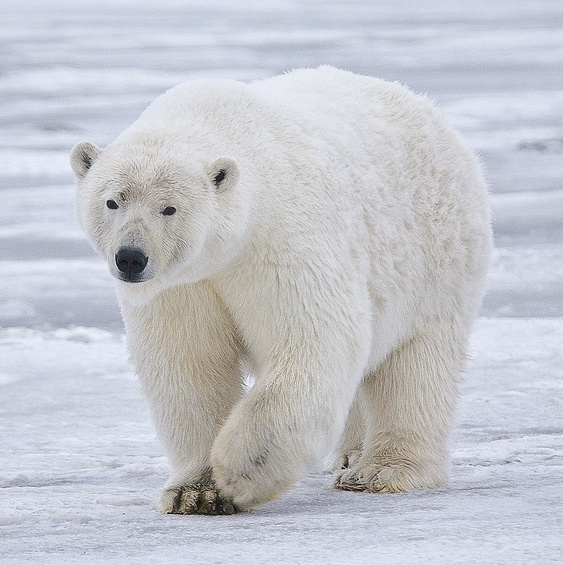Facts About Polar bear
The polar bear, renowned for its striking white coat and formidable size, inhabits the Arctic Circle. As the largest terrestrial carnivore, the polar bear is exquisitely adapted to the frigid wilderness, primarily preying on seals. These majestic creatures spend most of their lives on sea ice, which serves as their main hunting ground.
Regrettably, due to climate change, polar bears are now classified as a vulnerable species. Although their numbers have seen a partial recovery following the implementation of stringent hunting controls, they continue to face numerous challenges. For the indigenous peoples residing in the Arctic, polar bears possess significant material, spiritual, and cultural importance.
Polar bears have a captivating evolutionary history, including instances of hybridization with brown bears. They exhibit several unique physical traits that aid their survival in the harsh environment, such as thick fur, large bodies, and powerful limbs. Their hunting skills are exceptional; they primarily prey on seals and are adept swimmers and divers.
However, polar bears face threats from multiple sources. Climate change poses the most significant concern, leading to the loss of sea ice, which is crucial for their hunting and breeding. Pollution, oil and gas development, and increased human-bear interactions also present significant risks. Some estimates predict that two-thirds of the polar bear population could vanish by 2050 due to the diminishing sea ice caused by global warming.
Conservation efforts are in place to protect these remarkable animals. International agreements, hunting regulations, and ongoing research aim to monitor and support polar bear populations. Despite debates over the most effective conservation strategies, polar bears remain a powerful symbol of the Arctic's health and the broader impacts of climate change. Their plight emphasizes the urgent need to address environmental issues for the sake of all species, including our own.
